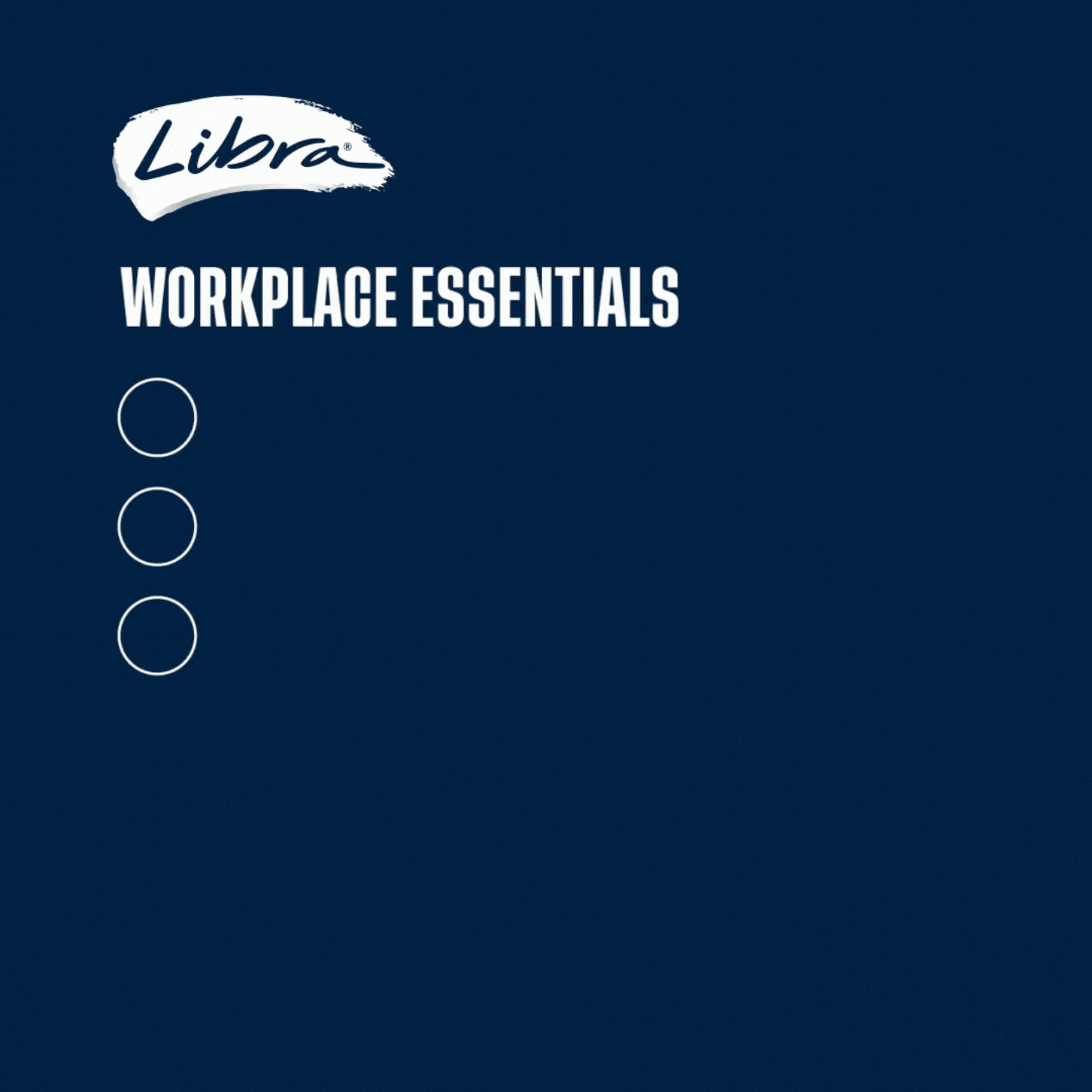This Women’s Health Week, I want to talk about something that affects half the population yet is still largely missing from our workplace conversations: women’s health.
In a LinkedIn post earlier this week, I said this: “Menopause is not a niche issue. It’s a workplace issue.” And it’s true. Nearly half the workforce will experience it – often at the height of their careers. Symptoms like hot flushes, fatigue, memory difficulties, anxiety and sleep disruption can make work feel like climbing Everest without oxygen. And yet, too often, women suffer in silence or exit the workforce early.
That’s not just a personal tragedy – it’s an organisational and economic one. Deloitte has estimated that menopause-related productivity losses cost Australia billions each year. When women leave mid-career because workplaces aren’t designed to accommodate their health needs, we lose expertise, leadership, and diversity.
But menopause is just one piece of the puzzle. Women’s health across the lifespan is still treated as peripheral in most workplaces. Think about it:
- Periods – for some women, debilitating pain and heavy bleeding can mean days of lost productivity or struggling through in silence. Yet menstrual leave policies remain rare, and stigma means many employees don’t feel safe being honest about why they’re unwell.
- Fertility and pregnancy – IVF cycles, pregnancy loss, and the physical demands of carrying a child are still poorly accommodated in many workplaces. Employees often rely on sick leave or annual leave to cover
appointments and procedures. - Post-partum recovery – returning to work too soon, or without the right supports, can leave lasting scars,
physically and mentally. For many new mothers, lack of flexibility forces impossible choices between
career and family. - Perimenopause and menopause – still shrouded in stigma and silence, despite their huge impact on
wellbeing and careers.
Meanwhile, the gendered health gap remains stubborn. Women are more likely to experience chronic pain, take longer to be diagnosed, and are more often dismissed when raising health concerns. Caroline Criado Perez captured it well in her book Invisible Women: Exposing Data Bias in a World Designed for Men – medical research, drug trials, vehicle safety testing, and workplace design (to name just a few things) have historically centred men. That “invisibility” shows up in workplaces too.
And here’s the kicker: men get the same sick leave, carer’s leave and annual leave entitlements as women. Yet men don’t have to spend chunks of that leave managing periods, pregnancy, miscarriage, IVF cycles, post-partum recovery, perimenopause or menopause. Women are expected to carry those additional health burdens within the same leave framework. The so-called “level playing field” isn’t level at all.
We are, however, seeing a shift. Forward-thinking organisations are starting to act:
Some are normalising menopause discussions through education and leadership support. Senior leaders speaking openly about it has been a game-changer in dismantling stigma.
Others are embedding flexible arrangements that give employees control over how, when and where they work, recognising that health isn’t neatly confined to evenings and weekends.
A growing number are introducing reproductive health leave or specific menopause policies, ensuring women don’t have to cobble together sick days or suffer silently.
And some are even looking at uniforms, work environments and equipment, redesigning them with women’s bodies in mind – because tight polyester suits and dresses in summer heat are not exactly hot-flush friendly.
Importantly, these aren’t “perks” or acts of benevolence. They’re steps toward equity, inclusion and productivity. They recognise that supporting women’s health is not about lowering standards – it’s about removing barriers that prevent women from thriving.
Here in Victoria, the Gender Equality Act is already requiring workplaces to examine gender equality in structures, policies and practices. All public sector organisations, including universities and councils, must take active, measurable steps toward equality. Health needs to be part of that conversation. We can’t ignore the physical realities that shape women’s working lives.
That doesn’t mean every employer needs a glossy new “women’s health policy” tomorrow. It means recognising that women’s health is a workplace issue, not just an individual one, and that practical supports – from flexible work to cultural change – are both possible and necessary.
This Women’s Health Week, I encourage employers to start simple:
- Ask your people what support they need. Listening is the first step.
- Review policies to ensure they reflect real experiences, not outdated assumptions about an “ideal worker”
who never gets sick, pregnant, or menopausal. - Normalise open conversations about health, so no one feels ashamed for being human. Leaders play a
key role here: when they speak openly, it gives permission for others to do the same. - Treat this as core business – not an optional wellbeing add-on. Supporting women’s health will drive
retention, productivity and leadership diversity.
Because the truth is simple: a workplace that supports women’s health is a workplace where women – and everyone – can thrive.
And if you think you can’t afford to act on this, ask yourself: can you really afford not to?


